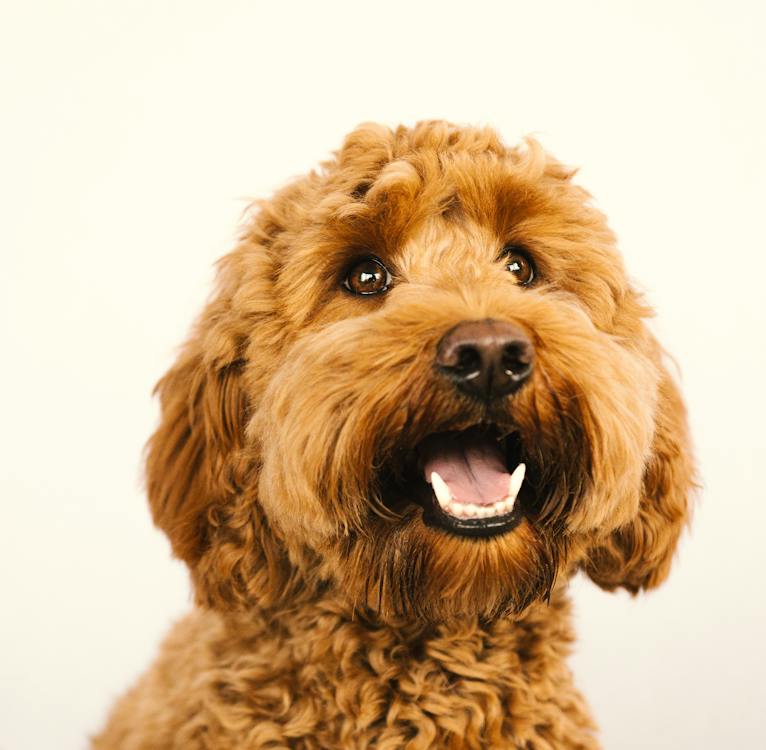We are often familiar with small dogs covered with fur. A perfect example is the Shih Tzu, which is a little dog with a nice and soft coat. However, not all hairy dogs are small; some are relatively large that could stand up to twenty-seven inches tall, such as the Briard.
The Briard is a muscular and robust dog covered in fur. Its appearance is incredibly distinct because of its beautiful coat, along with its beard. Furthermore, they are often known for their iconic hair covering their eyes.
Despite its long and beautiful hair, Briards are powerful working dogs capable of performing various tasks. These dogs are effective herders and guardians on farms. They are intelligent and confident, which makes them efficient working dogs in multiple fields.
Origins of the Briard
The Briard is a breed that originated in northern France, which is also known as Chien Berger de Brie. Ever since its early existence, people already knew this breed as a hardworking dog. Furthermore, they derived its name from the diary-producing region of Brie.
The early breeders of the Briard worked on several features to develop the Briard. They made the Briard excellent herders and guardians, which utilizes its powerful body. Its relative breeds are also excellent workers in the field, which includes the Beauceron.
Moreover, the Briard was a remarkable breed mainly in the 19th century; wherein people usually used them for the early dog shows in France. When World War I came, the Briard continued to be a relevant dog in France, which earned the recognition as the official war dog of the French army. Their work mostly consists of sentry duty, hunting, patrolling, as well as pulling supply carts.
Interestingly, the Briard has also been a part of American history. Before Thomas Jefferson became president, he was the American ambassador to France. When he was about to go home, he received a female Briard named Bergere.
Bergere was pregnant during the time it departed with Thomas Jefferson. By the time they reached home, Jefferson had proved that Briards are excellent working dogs useful around the house. The Briard gained recognition in this event, not just in France, but also in other countries worldwide. Until today, the Briard continues to show a clear definition of a hardworking and efficient dog. Its breed remains to be powerful, which is highly versatile in various fields.
Characteristics of the Briard
Height: 22 – 27 inches
Weight: 55 – 100 pounds
Life Expectancy: 12 years
Hypoallergenic: No
As mentioned earlier, Briards are large breeds that could stand up to twenty-seven inches tall, weighing up to a hundred pounds. Despite their large body, they have a beautiful coat covering their body, as well as eyes. Their massive bodies are evidently strong, making them perfect for various tasks, such as herding, guarding, and many others.
Their appearance is unique because of the long hair. Such elegant body coats are more common in small dogs, so the Briard is very distinct. Another thing is the iconic hair covering their eyes, which often raises a question to a person’s mind, whether they can see or not.
Along with the Briard’s muscular body is its intelligence. This perfect combination makes the Briard an excellent herder – since it is also highly trainable. Furthermore, the Briard is a breed that could go along well with a family, even with children. They have a protective and gentle nature, which allows them to act as guardians for their loved ones.
Their appearances are undoubtedly lovable. If you put them in the field, they would showcase their extremely energetic nature and won’t stop until they get the job done. So if you are a dog lover, and at the same time a hard worker, then the Briard might be the perfect choice for you.
Caring for the Briard
Briards have a simple diet. They work best with high-quality dog food, as well as homemade meals – provided your local veterinarian approves them. Furthermore, since they are working dogs, it is okay to feed them treats to aid in their training. However, you should control the amount of both their treats and dog food whenever you are feeding them. This practice could avoid obesity that could also lead to other medical conditions.

